
Archaeology, Art, Museums, Old Photos and more. For archaeology enthusiasts: Explore Rome’s history,tours,and tickets at https://t.co/t4kT37xeFc
2 subscribers
How to get URL link on X (Twitter) App

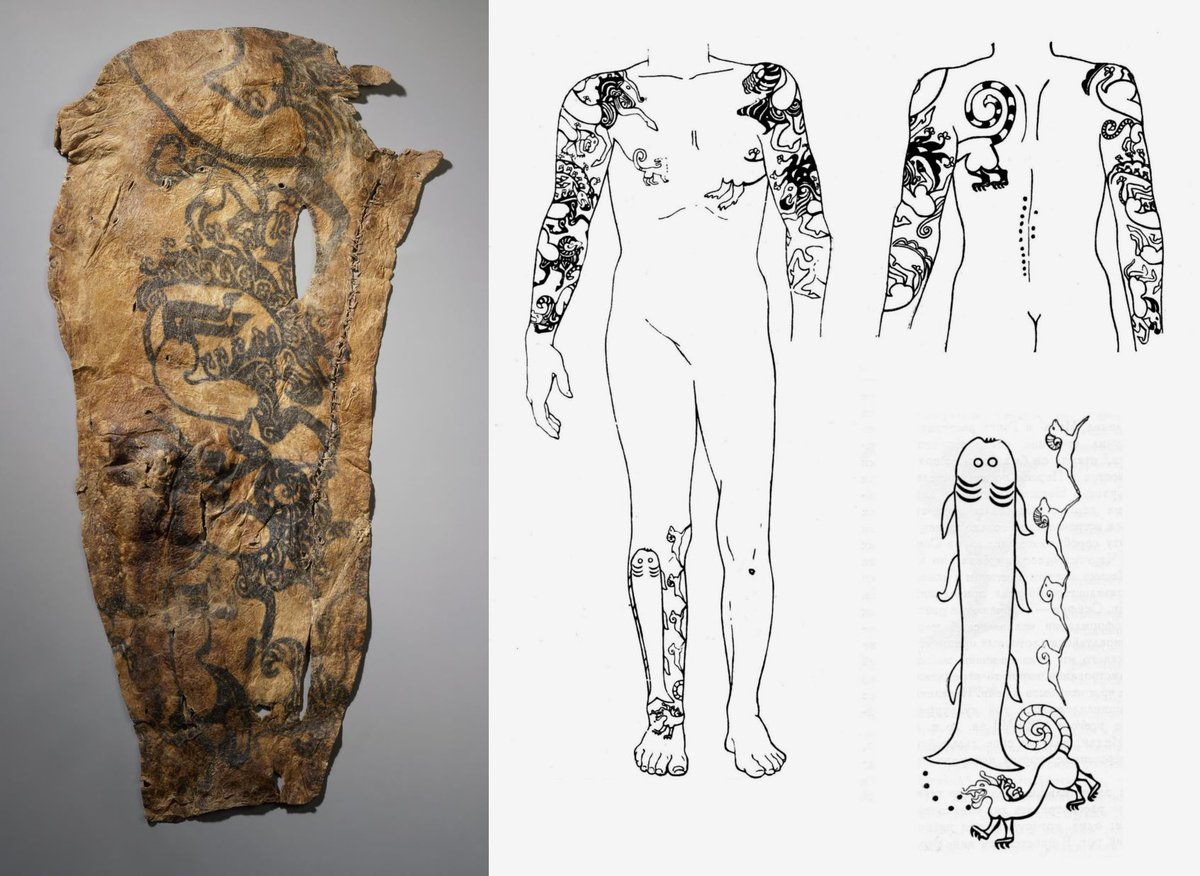
 Photo courtesy of the Hermitage Museum.
Photo courtesy of the Hermitage Museum. 
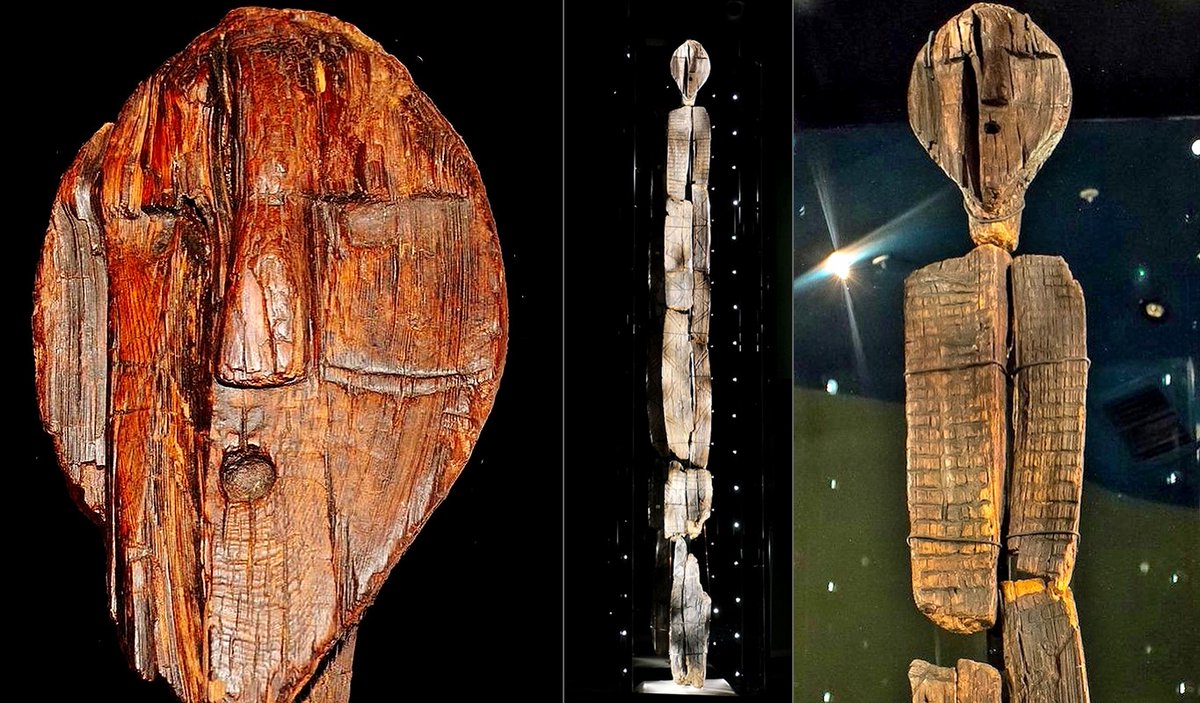
 1) The middle of the 19th century was the "gold rush" era in the Urals. Due to gold prospecting in the area, the Shigir peat bog was partially drained. Workers found objects made of wood, horns, animal bones, stone, and clay.
1) The middle of the 19th century was the "gold rush" era in the Urals. Due to gold prospecting in the area, the Shigir peat bog was partially drained. Workers found objects made of wood, horns, animal bones, stone, and clay.

 1) In April 1900, a group of Greek sponge-divers dived into the Aegean Sea near the island of Antikythera, near Crete. One of the members of this divers-group, Elias Stadiatos, discovered an ancient shipwreck near a small island called Antikythera in Greece. The wreck was 25 meters away from the coast, at a depth of about 50 meters. This was a cargo ship that sank in about 87 BC.
1) In April 1900, a group of Greek sponge-divers dived into the Aegean Sea near the island of Antikythera, near Crete. One of the members of this divers-group, Elias Stadiatos, discovered an ancient shipwreck near a small island called Antikythera in Greece. The wreck was 25 meters away from the coast, at a depth of about 50 meters. This was a cargo ship that sank in about 87 BC.

 All images by Mark Cartwright except middle far-right (Hephaistos) by Jastrow (public domain image). @whencyclopedia
All images by Mark Cartwright except middle far-right (Hephaistos) by Jastrow (public domain image). @whencyclopedia

 These studies were the beginning of modern science, algebra, geometry, zoology, botany, geology and history. Greek writers and artists studied relationships too.
These studies were the beginning of modern science, algebra, geometry, zoology, botany, geology and history. Greek writers and artists studied relationships too. 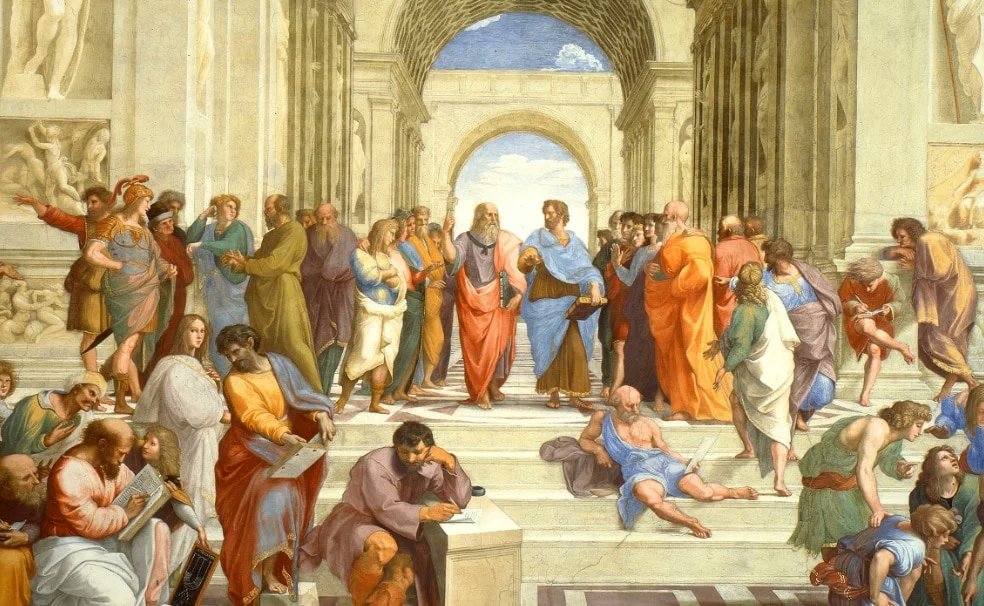

 In 1903, Klimt traveled twice to Ravenna, where he saw the mosaics of San Vitale, whose Byzantine influence was apparent in the paintings of what would become known as his "Golden Period".
In 1903, Klimt traveled twice to Ravenna, where he saw the mosaics of San Vitale, whose Byzantine influence was apparent in the paintings of what would become known as his "Golden Period". 




 This is one of the few bronze statues that has survived intact from ancient times. The decision not to melt it down for the sake of the bronze was probably due to the mistaken identification of the figure as Constantine,
This is one of the few bronze statues that has survived intact from ancient times. The decision not to melt it down for the sake of the bronze was probably due to the mistaken identification of the figure as Constantine,

 It depicts a nude female seated between feline-headed arm-rests.
It depicts a nude female seated between feline-headed arm-rests.

 When Justinian was crowned in 527, he named as co-regent his young wife Theodora. She was 15 years his junior and his opposite in nearly every way. She was social, witty, supremely self-confident, and never lost her head in a crisis. He adored her, and she was his most adviser.
When Justinian was crowned in 527, he named as co-regent his young wife Theodora. She was 15 years his junior and his opposite in nearly every way. She was social, witty, supremely self-confident, and never lost her head in a crisis. He adored her, and she was his most adviser. 

 2 - The entrance to the houses was by going down a portable ladder through an opening in the roof. Daily life was probably spent both on rooftops and inside the houses, despite poor lighting and ventilation conditions.
2 - The entrance to the houses was by going down a portable ladder through an opening in the roof. Daily life was probably spent both on rooftops and inside the houses, despite poor lighting and ventilation conditions. 

 , and volcanic ash preserved the remains of buildings, streets, frescoes, and many artifacts and works of art.
, and volcanic ash preserved the remains of buildings, streets, frescoes, and many artifacts and works of art. 



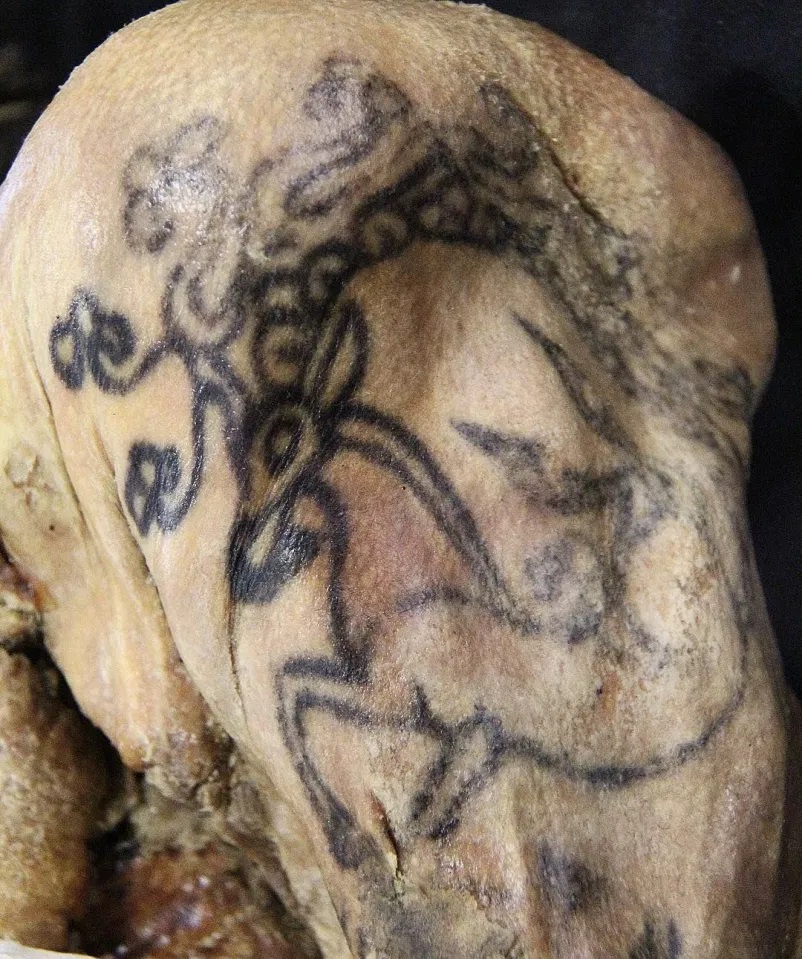
 The most surprising fact about the princess is her tattoos. The mysterious tattoos on the neck, arm, and leg area have remained intact for 2500 years! Each of these tattoos featured fantastic animal figures.
The most surprising fact about the princess is her tattoos. The mysterious tattoos on the neck, arm, and leg area have remained intact for 2500 years! Each of these tattoos featured fantastic animal figures. 

 This book introduces you to some of the most impressive and exciting archaeological discoveries that have been made since the 1800s when the study of archaeology began.
This book introduces you to some of the most impressive and exciting archaeological discoveries that have been made since the 1800s when the study of archaeology began. 
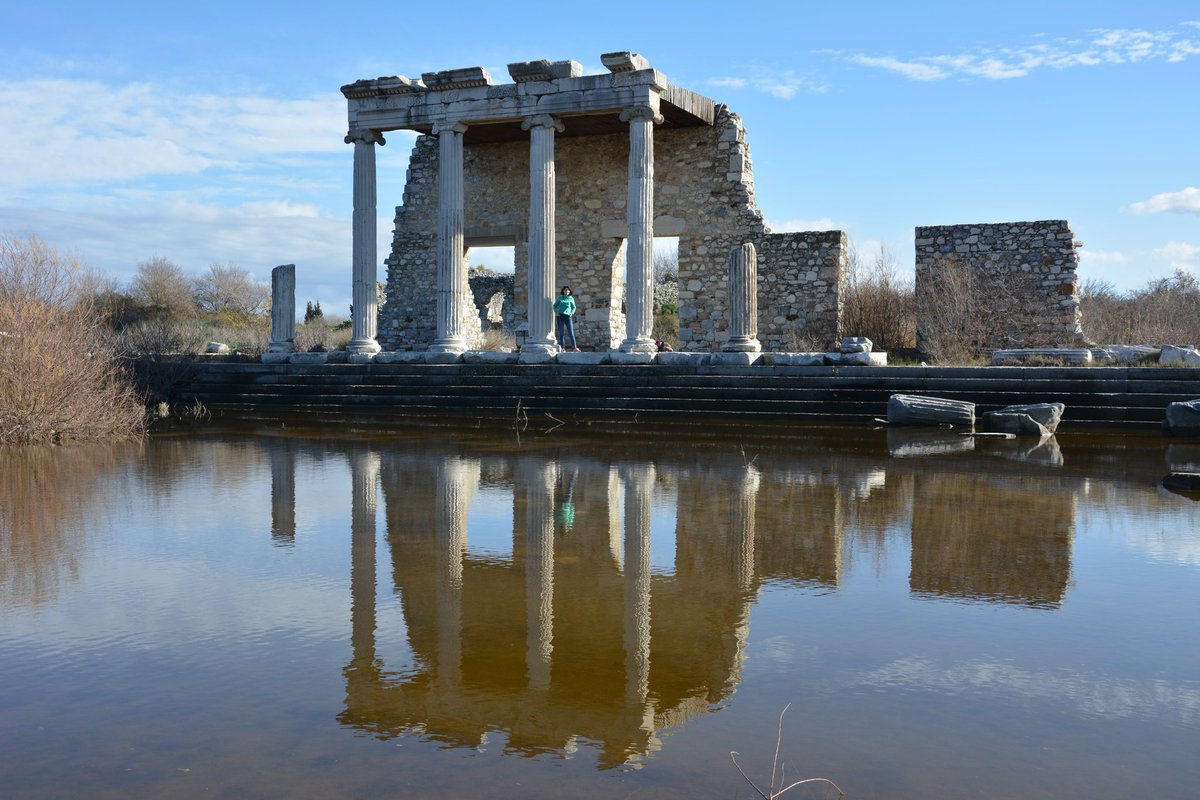
 Miletus was one of 12 Ionian cities and one of the greatest cities of ancient Asia Minor. It was large trade center with 4 harbors; founded colonies on Black Sea, in Egypt and Italy; noted as a literary center and known as -
Miletus was one of 12 Ionian cities and one of the greatest cities of ancient Asia Minor. It was large trade center with 4 harbors; founded colonies on Black Sea, in Egypt and Italy; noted as a literary center and known as -